Prague defenestrations — a simple and effective way to change power through a window
When something spoils, breaks or gets boring, we throw this thing away. In the Middle Ages, when life was treated more simply, trash was thrown right out of the window. They did this not only with inanimate objects, but also with political opponents. This method of making changes to the power structures appeared in Prague, the capital of the Czech Republic, and was called "defenestration".
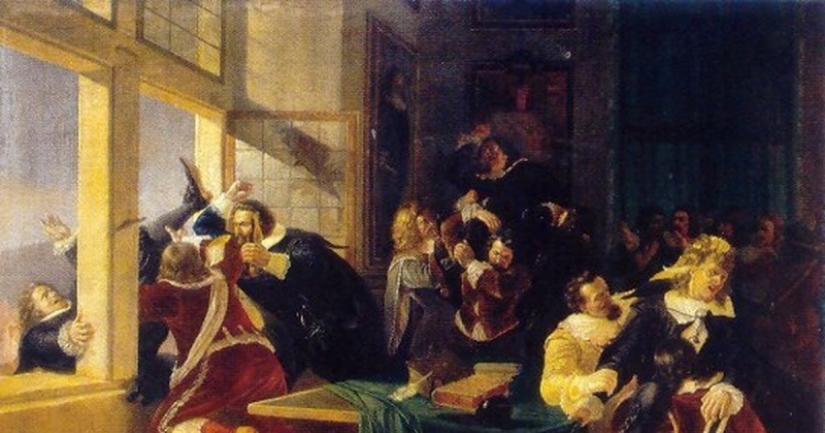
There are dozens of cases when rivals in the political arena were thrown out of windows or lowered headfirst down the stairs. But the most famous are the two Prague defenestrations. They occurred 200 years apart in 1419 and 1618. By the way, the very term "defenestration" exhaustively explains the essence of the process. It comes from two Latin words de — "extraction" and fenestra — "window".
The first defenestration was preceded by a number of serious shocks. In 1415, the Czech thinker and preacher Jan Huss was burned together with his works in the German city of Constance. This man became a national hero of the Czech people during his lifetime and his death caused great indignation. The massacre of Gus was despicable, since the reformer himself came to Constance Cathedral, at the invitation of the highest Catholic clergy. His safety was guaranteed by a letter signed by the Holy Roman Emperor Sigismund.
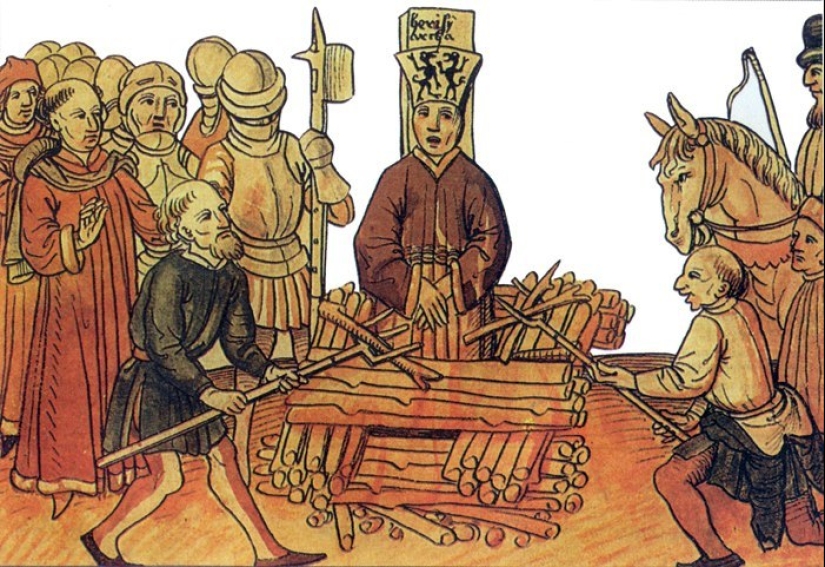
The Sejm of the Czech Republic and Moravia condemned the vile murder of the preacher. 400 nobles swore to continue the work of Jan Huss and defend the true law of Christ. Also, in all the lands of the Czech Kingdom, the followers of the martyr were allowed to preach freely. In Constance, the initiatives of the Sejm were responded to with another brutal massacre.
In 1416, the closest associate of Jan Huss Hieronymus of Prague was burned at the stake. Also, Czech priests who adopted reformist ideas and their parishioners were declared heretics. In response, a wave of beatings of Catholic priests and monks swept through the kingdom. In 1419, at the request of Emperor Sigismund, the Czech king Wenceslaus IV began to pacify the unrest using the army.
In response, 22 thousand Hussites gathered on a mountain near the town of Tabor, 100 km from Prague. They vowed to prevent the return of Catholic priests and to protect the Word of God. The King of the Czech Republic was forced to make some concessions and even allowed the reformists to hold services in three Prague cathedrals. But this was not enough for the supporters of Jan Hus.
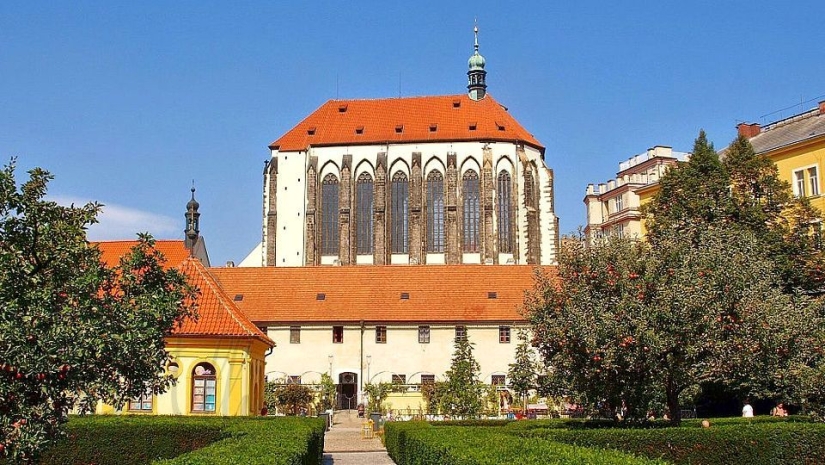
After the morning mass on July 30, 1419, the Hussite priest Jan Zhelivsky gathered a huge crowd at the church of the Virgin Mary of the Snow. Inspiring people with a fiery speech, the Holy father led them to the Catholic Cathedral of St. Stephen. The crowd broke in, looted the church and beat the clergy and Catholic parishioners. After that, Zhelivsky held a service according to the rules of the Hussite rite, with two bowls for communion.
After completing the service, the priest called for the release from prison of the Hussites who had suffered for their faith. The crowd, fueled by the words of the pastor, moved to Charles Square to the Novomest Town Hall. Jan Zhelivsky walked in front and carried a tabernacle over his head. Everything got out of control completely when someone from the window of the town hall accurately threw a stone and hit right into the bowl that the priest was carrying.
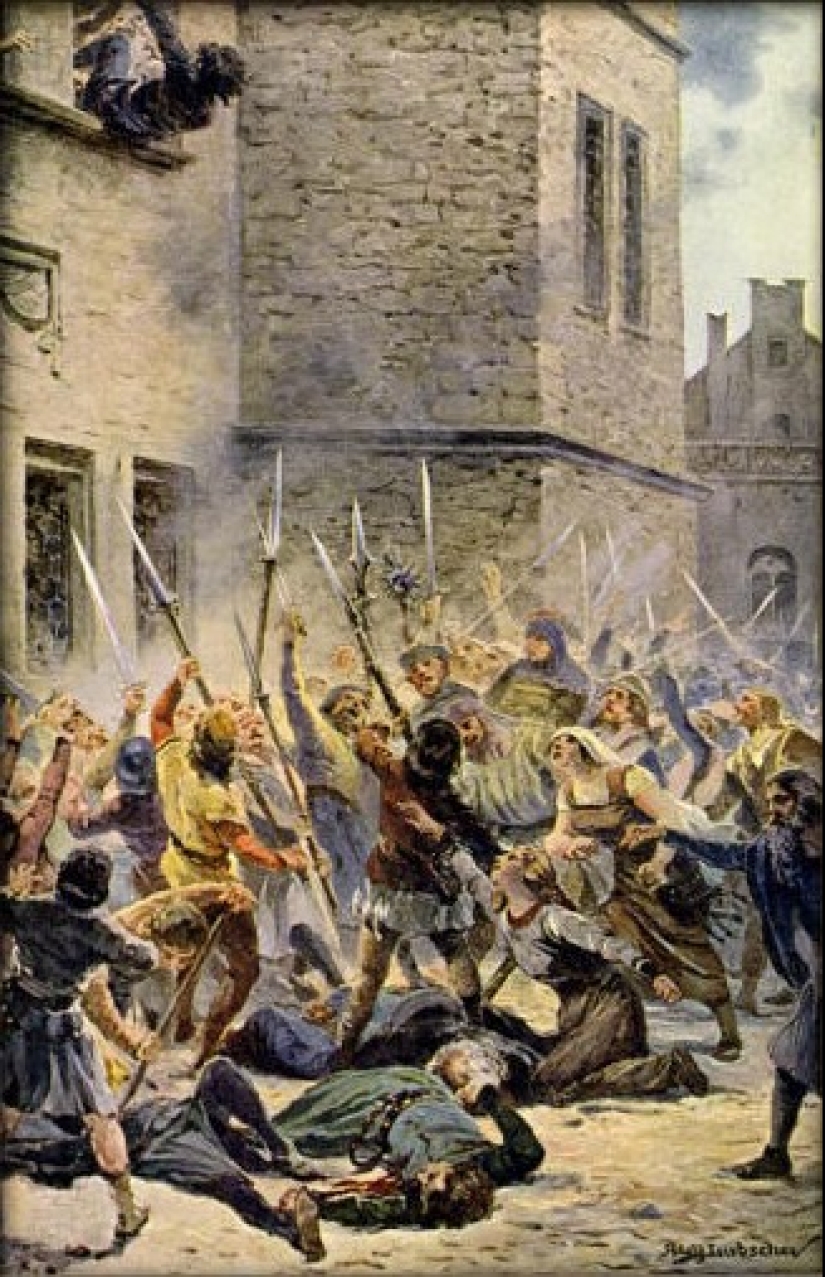
This desecration of the creed enraged the crowd. The townspeople broke into the town hall and began throwing city officials through the windows. Hussites were waiting on the street with swords and spears, who mercilessly finished off the survivors. After that, the Hussites chose new "fathers of the city" from among themselves. Shortly after these events, King Wenceslaus IV of the Czech Republic died. His crown was claimed by the same Sigismund, the irreconcilable enemy of the reformers. The Hussites did not want to recognize the new monarch and the bloody Hussite wars began, which lasted 15 years.
Two centuries have passed, and Protestants have replaced the Hussites. They also feuded with the Catholic world and dreamed of leaving it forever. In 1617, Ferdinand II of Habsburg became King of the Czech Republic. He was an ardent supporter of Catholicism and denied the right to a non-Catholic religion, which the Czechs had difficulty obtaining in 1609.
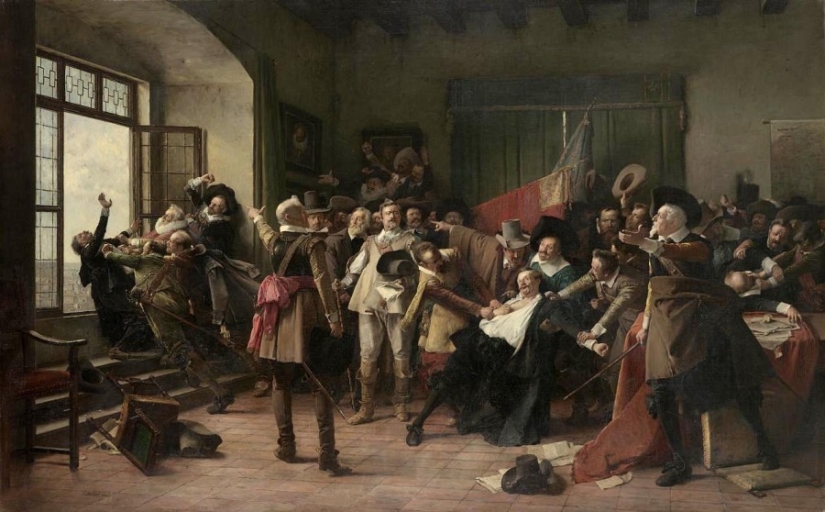
The Protestants rallied against the Catholics under the leadership of the nobleman Yindřich Mathias Turn. In May 1617 in Radical Protestants began to flock to Prague from all over the Czech Republic. Thurn proposed to rise up against the henchmen of Ferdinand II and take power in the capital into his own hands.
On May 23, 1618, the rebels moved through the streets of Prague to the King's castle in Hradcany. They entered without hindrance and found the hall where the governors Vilem Slavata and Yaroslav Martinits were engaged in state affairs. These respected gentlemen were dragged to the window and thrown out. Secretary Philippe Fabricius flew after them.
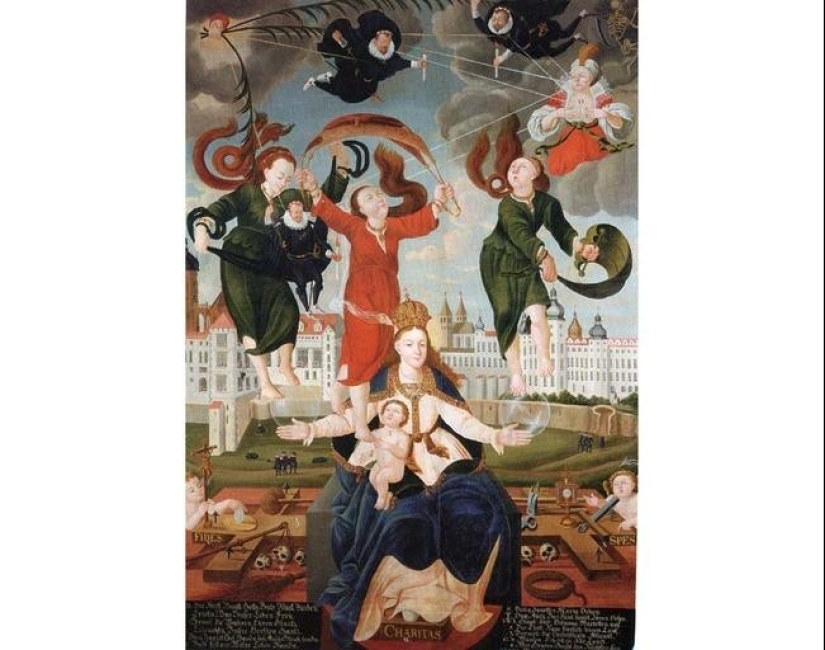
On the way to the window, the officials shouted: "Ever-Virgin Mary! Help!". The Protestants answered them with laughter — "Let's see if Mary will help you!". Surprisingly, Maria still helped. Despite the height of 21 meters, all three survived, although they received fractures and bruises. Their lives were saved by a large pile of manure lying in the yard. The rioters were so surprised that they did not finish off the wounded and they escaped.
This defenestration marked the beginning of the Thirty Years' War, during which the dominance of the Habsburgs in Europe was disputed. During this confrontation, more than 8 million people in Europe died, and devastation and famine reigned in vast territories.
Recent articles

Winter is a special time of the year, someone is afraid of her, someone is waiting for snow days to build a snowman or go down the ...

The heroes of their photos are used to humiliate others, cheerfully and carelessly shoot everything on the phone and post the ...

Every day, photographers around the world are looking for new ways to tell stories or capture something we haven't noticed ...